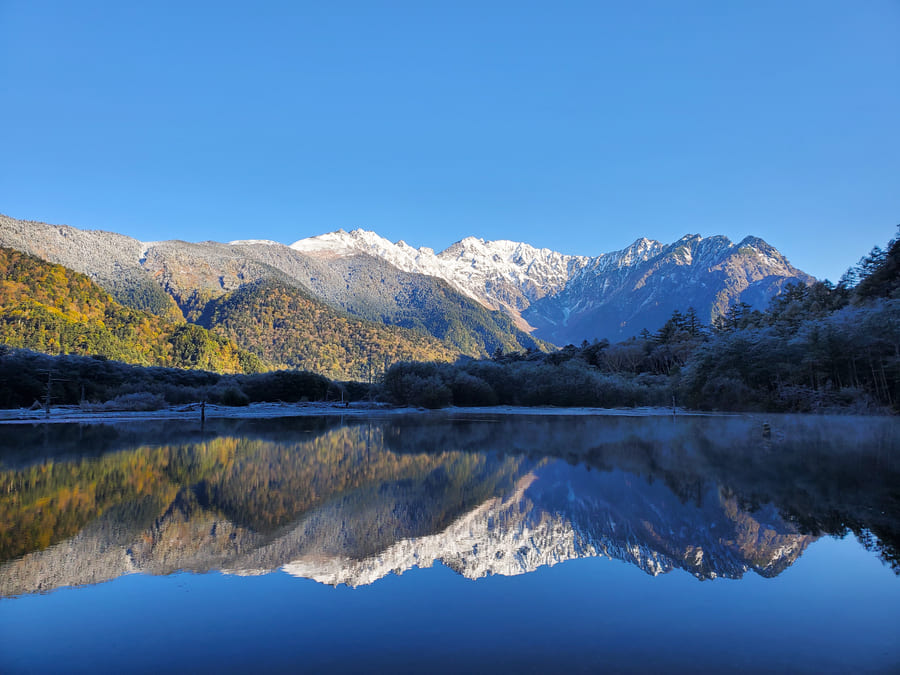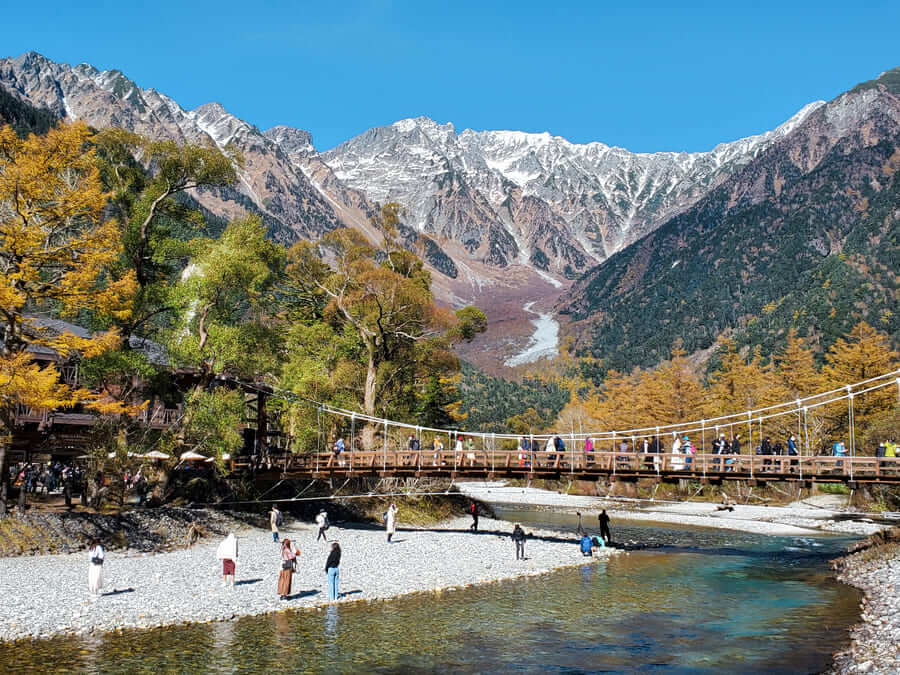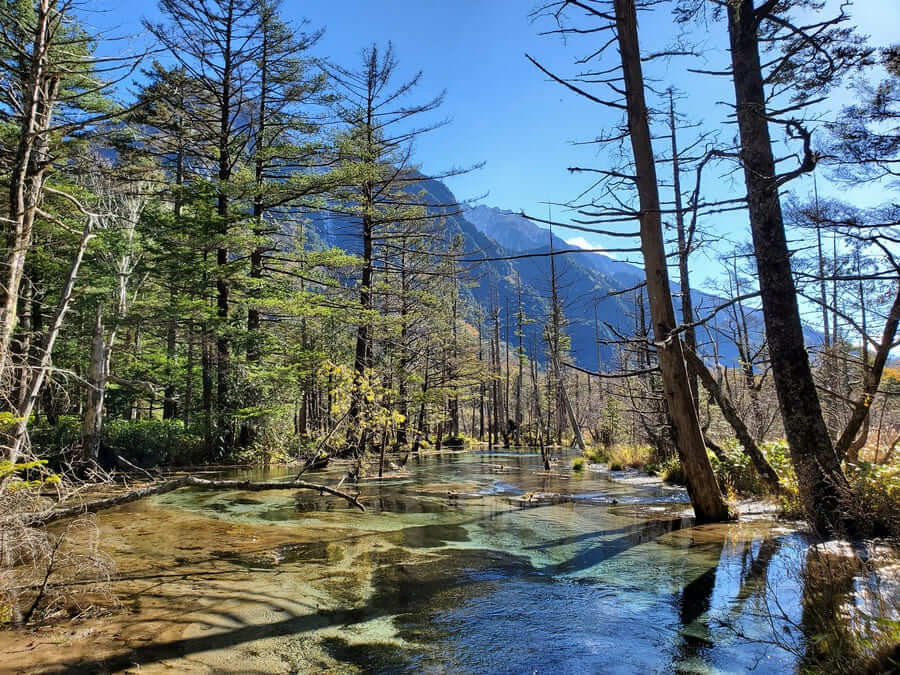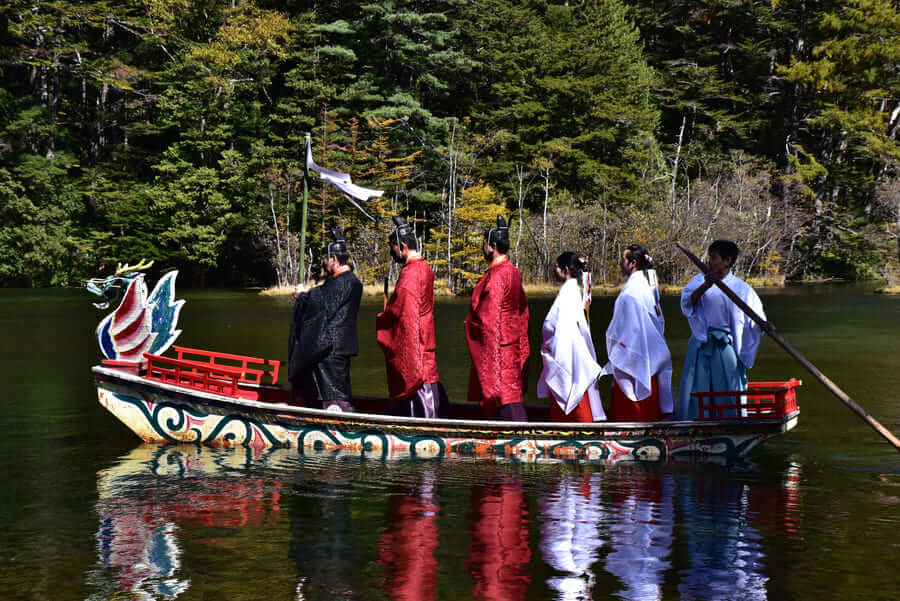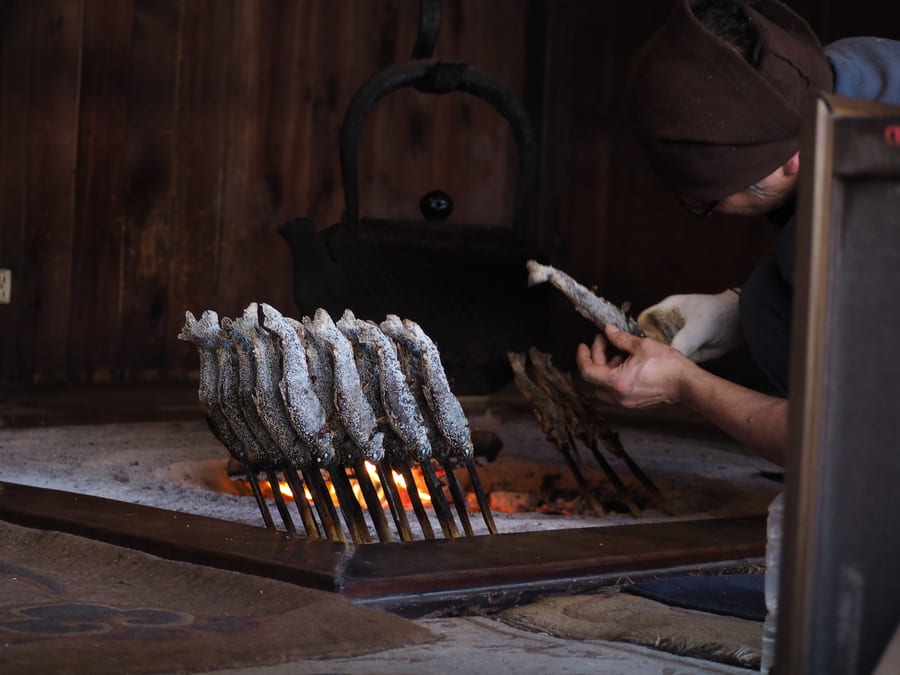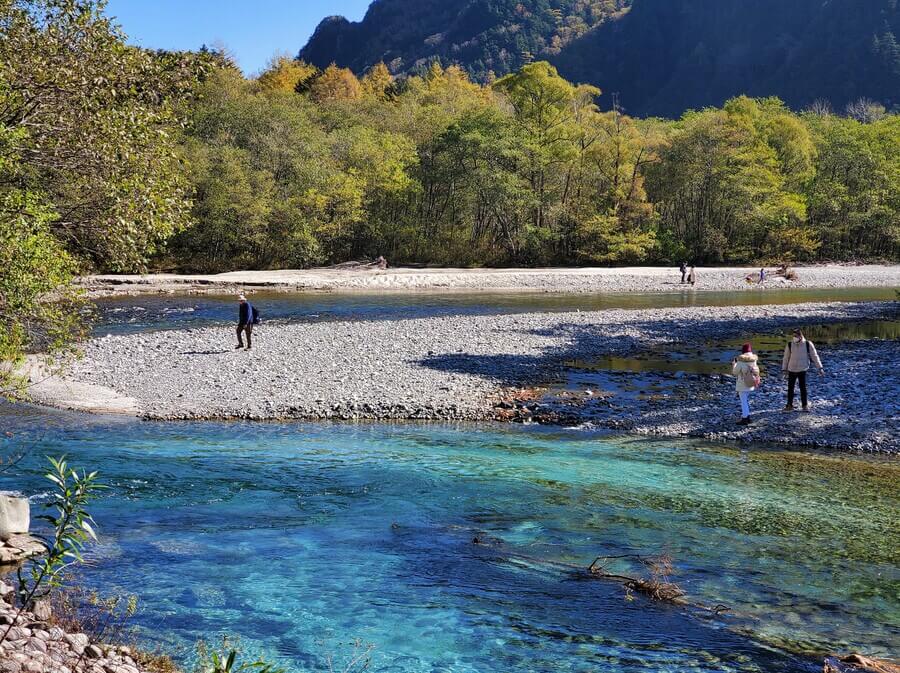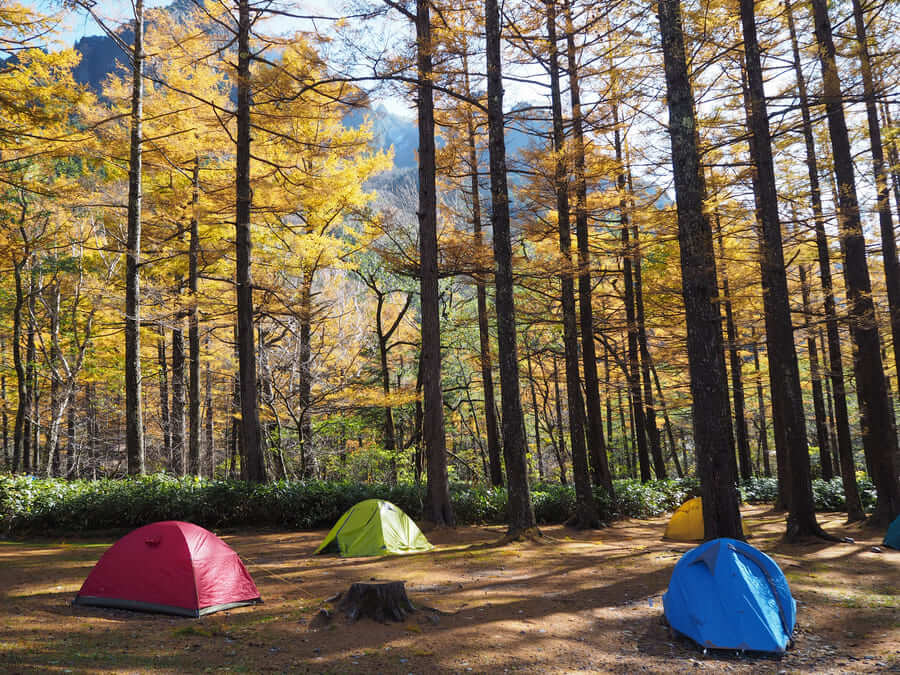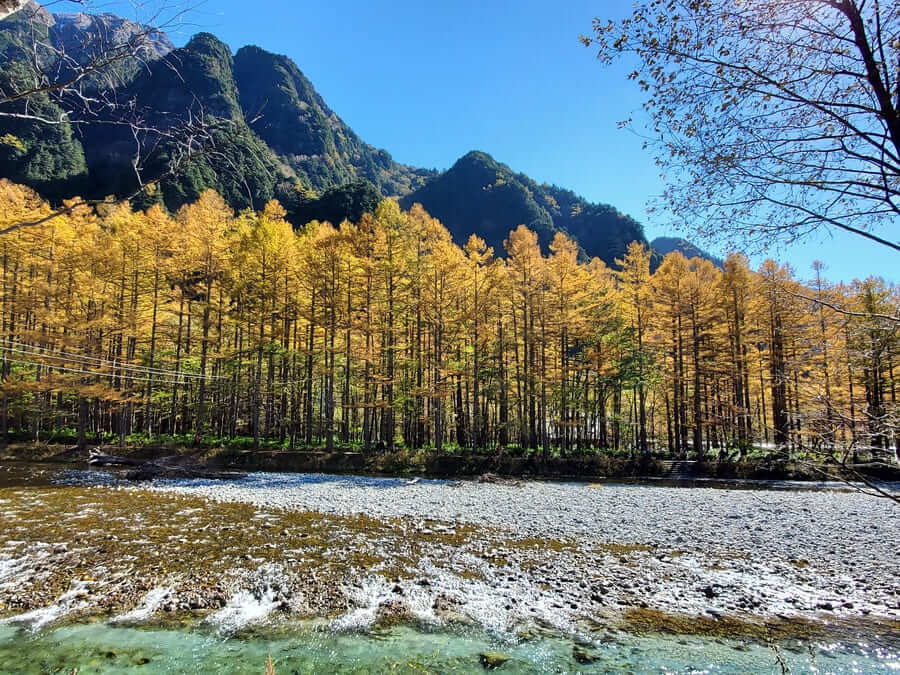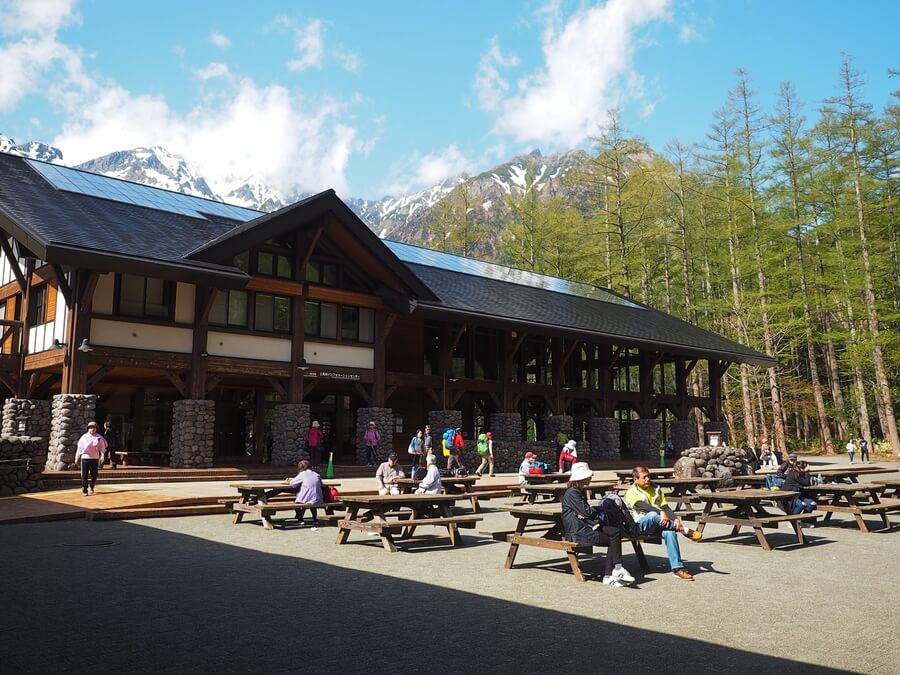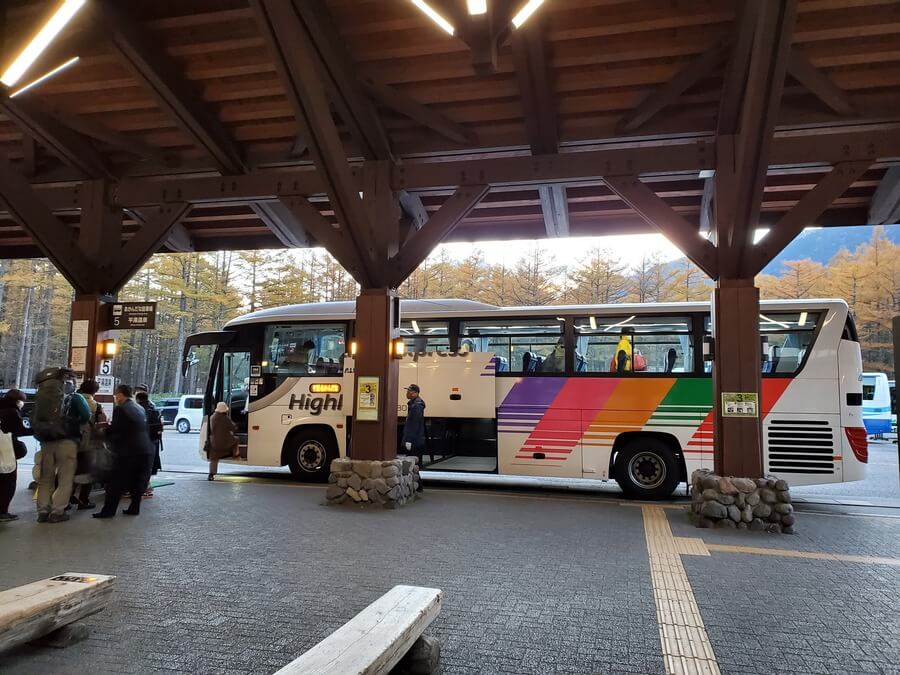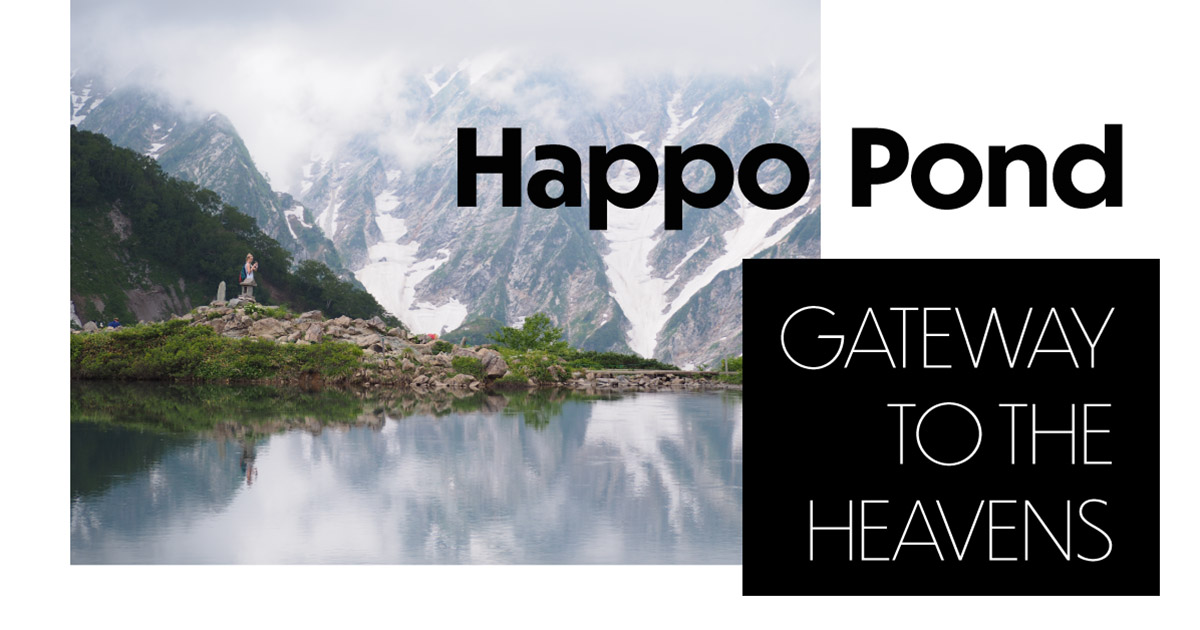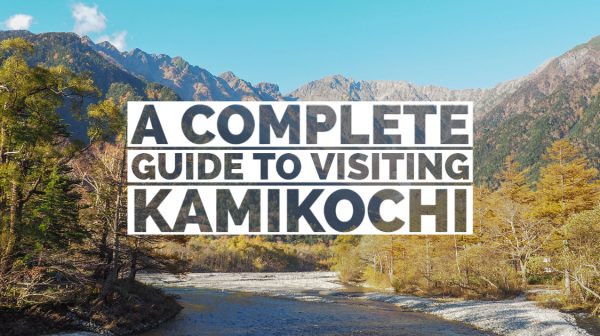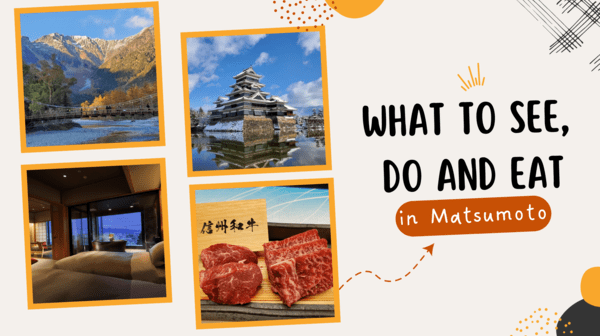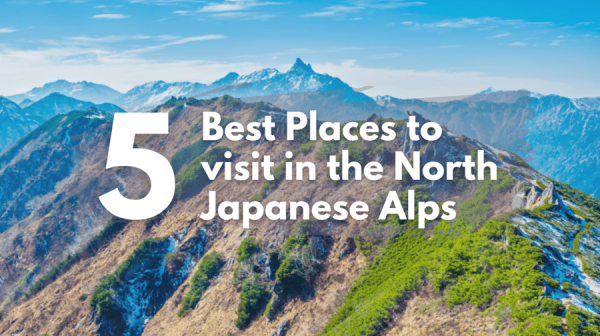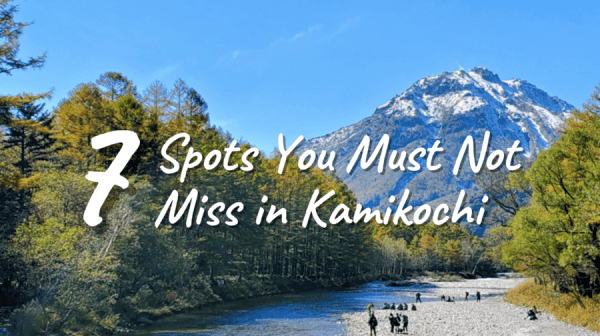Nestled in the magnificent Japanese Alps, Kamikochi is one of Japan’s many must-visit destinations. Here are 7 stunning spots in Kamikochi to drop by next time you visit Japan.
Summary
- 1. Introduction to Kamikochi, Japan
- 2. 7 Scenic spots to visit in Kamikochi, Japan
- 2.1. Taisho Pond
- 2.2. Kappa Bridge
- 2.3. Tashiro Marshland
- 2.4. Dakesawa Marshland
- 2.5. Myojin Pond
- 2.6. Azusa Riverbanks
- 2.7. Konashidaira Campsite Area
- 3. Planning to visit Kamikochi
- 3.1. When to Visit
- 3.2. Autumn Leaves in Kamikochi
- 3.3. Facilities in Kamikochi
- 4. Access to Kamikochi
- 4.1. Bus from Matsumoto to Kamikochi
- 4.2. Bus from Takayama to Kamikochi
- 4.3. Bus from Norikura to Kamikochi
- 4.4. Bus from Tokyo to Kamikochi
- 4.5. Bus from Osaka/Kyoto to Kamikochi
- 4.6. Bus from Nagano station to Kamikochi
- 5. Recommended Bus Pass
- 5.1. 2-Day Free Passport
- 5.2. 4-Day Alps WIDE Free Passport
- 5.3. Alps Crossing Ticket
Introduction to Kamikochi, Japan
Kamikochi is a beautiful valley in a quiet mountainous area in Nagano prefecture. It is often called the gateway to the Japanese Alps, because you can start hiking from Kamikochi to any peaks of this mountain range.
In these recent years, Kamikochi is slowly climbing up the list of top destinations to visit in Japan, which is not a surprise at all considering how charming and beautiful it is!
For more details on how to plan to visit Japan’s most impressive national park, we recommend you also read this post below!
Read also:
7 Scenic spots to visit in Kamikochi, Japan
Taisho Pond
Taisho Pond is the first spot in Kamikochi to wow you from the bus window while entering the park. The pond is formed by the eruption of Mt. Yake (Yakedake), standing in the background, about hundred years ago.
Taisho Pond is especially beautiful at daybreak as you can often see the fog lingering above the surface of the pond, turning it into a magical sight. During summer, you can rent a rowboat from the nearby Taisho Hotel to paddle around the pond.
Pro tips: Choose to sit on the left side of the bus on the trip to Kamikochi so you can see the pond from the bus! We recommend you getting off the bus at Taisho Pond bus stop and hike along the river to the Kappa Bridge.
Kappa Bridge
The Kappa Bridge is the symbol of Kamikochi. It is undoubtedly the most photographed spot in Kamikochi. From the bridge, you can enjoy the breathtaking views of Hotaka mountain range and Mt. Yake on the opposite side.
Nearby the bridge is surrounded by hotels, restaurants, and souvenir shops. It is located only about 300 meters from the Kamikochi bus terminal and tourist visitor center. The bridge itself became known after appeared in Akutagawa Ryunosuke’s novel “Kappa” in 1927.
“Kappa” is a Japanese folklore monster which is said to live near a river to assault and lure people into the water. Although the kappa is often depicted as an evil monster, you can find so many cute kappa-related goods at the souvenir shops around.
Tashiro Marshland
Tashiro marsh is truly a heaven on earth. It is a place to be forever remembered.

When the sun slowly rises behind Mt. Kasumisawa and casts its rays on the Tashiro marsh, the trees that are covered with hoar frost sparkles as if there were thousands of diamonds. Moreover, the mist that rises and lingers above the surface of the marsh also creates an even more magical sight.
Pro tips: The best time to see this unforgettable sight is in late autumn.
Dakesawa Marshland
If you walk to Myojin pond from Kappa bridge along the river’s right bank, you will stumble across the stunning Dakesawa marshland.
On the way while walking on the boardwalk, you will catch a glimpse of Mt. Hotaka showing between the treetops. The marvelous marsh is decorated with the standing withered trees and Mt. Roppyaku in the back, so beautiful that we must put it on Kamikochi’s must-visit list.
Myojin Pond
Another worth-visiting pond in Kamikochi, Myojin Pond is in a rather quiet area as it is about one hour walk from the Kappa Bridge. The pond is located within the sacred upper Hotaka Shrine in which the surrounding atmosphere is even more solemn and divine.
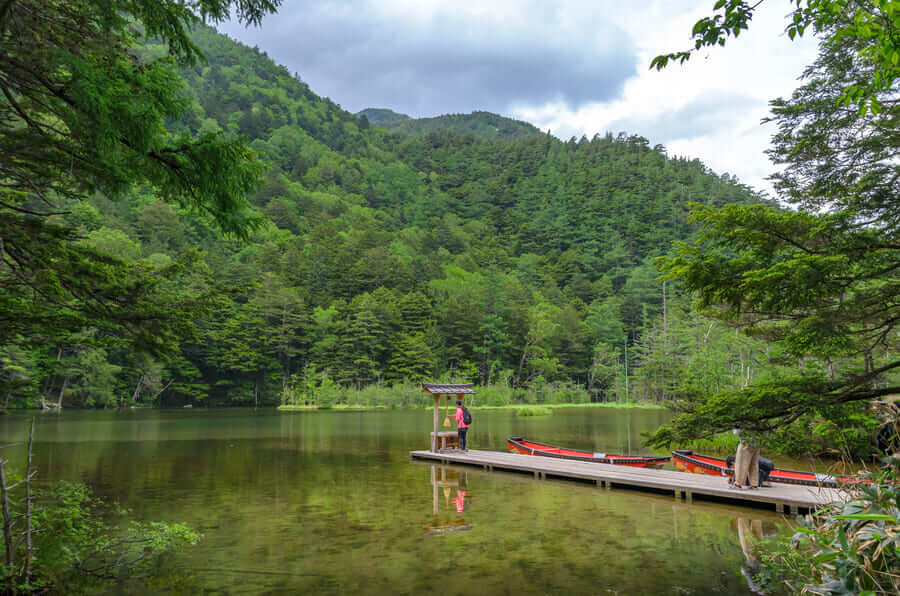
On 8th October of every year, a spectacular Shinto ceremony, “Ofune Matsuri” (literally means “Boat Festival”), is held to express gratitude to God and pray for the safety of the travelers in mountains. The priests dressed in Heian period (794-1185) attires will be riding on the boats lavishly crowned with phoenix and dragon’s head.
At the entrance of the pond is “Kamonji-koya” mountain hut, one of Japan’s registered tangible cultural properties. The owner’s great grandfather “Kamijo Kamonji” was a pioneer in Kamikochi and a friend of Walton Wester, a missionary that helped make Japanese Alps be known to the western world. It is the perfect place to rest for a meal or snacks after an about 2.8 km hike from Kappa Bridge. Their most popular menu is “Grilled Iwana Fish”!
Azusa Riverbanks
Azusa River that flows from Mt. Yari is one main highlight of the entire Kamikochi. I mean, who wouldn’t be impressed by how turquoise blue and clear it is?
This gorgeous river runs through Kamikochi and joins with several rivers and eventually becomes Japan’s longest river, flowing into the Sea of Japan in Niigata prefecture. The hiking path along the Azusa River is very well maintained and easy to walk. When the water gets shallower in autumn you can go down to walk along some parts of the dry riverbed.
Konashidaira Campsite Area
Konashidaira campsite area is one of Kamikochi’s hidden spots that many people walk past without knowing. It is about 5 minutes’ walk from the Kappa Bridge. The area is dotted with Karamatsu trees and offers a premium view of Hotaka mountains in a quiet and relaxing atmosphere, completely different from the nearby Kappa Bridge.
Planning to visit Kamikochi
When to Visit
Kamikochi is open from 17 April – 15 November annually. There is no bus or taxi services to Kamikochi during the winter closure.
Autumn Leaves in Kamikochi
Autumn colors arrive first from higher altitudes near the peaks around late September until early October, and gradually spread its colors down to the lower altitudes. Around the Kappa Bridge, at about 1,500 meter above sea level, the best time to enjoy Karamatsu (Japanese Larch) turning into golden yellow color is usually around the fourth week of October until the first week of November.
Facilities in Kamikochi
Surprisingly, in Japan where you can find a convenient store at every corner, there is no ATM and convenient store in Kamikochi.
At Kamikochi Information Center, you can buy some climbing gears such as gaiters, a replacement gas cartridge, a poncho, freeze dried camping foods etc. Still, this is not an outdoor shop, so you won’t find everything you need here.
They also have a few wheelchairs and baby carriers available for rent (free). After returning from a hike, you can wash out dirt using a coin shower at the information center (3 mins for 100 yen + usage fee 100 yen).
Pro tips: In Kamikochi, there are only two hotels with natural hot spring: Kamikochi Lemeiesta Hotel and Onsen Hotel. At Kamikochi Lemeiesta Hotel, you can enjoy a natural hot spring in a relaxing atmosphere with a massage chair for a day visit for 2,220 yen from 11:00-13:00.
Access to Kamikochi
Private cars are not allowed into Kamikochi and can be accessed only by public transports. Snowshoeing is the only way to go inside Kamikochi during winter season.
If not riding a bus directly from the Tokyo or Osaka to Kamikochi, the easiest way is to travel to Matsumoto city (Nagano) or Takayama city (Gifu) and then transfer to a train and bus to Kamkochi.
Bus from Matsumoto to Kamikochi
The most convenient way to get to Kamikochi from Matsumoto is by direct bus, aka the “National Park Liner”, which departs from Matsumoto Bus Terminal at 5:30 and 10:15. The other way is to ride an Alpico train (Kamikochi line) from Matsumoto station and get off at Shin-Shimashima station. Then transfer to a bus bound for Kamikochi. The total travel time takes about one and a half hours.
See bus timetables from Matsumoto to Kamikochi >
Read more about how to travel from Matsumoto to Kamikochi >
Bus from Takayama to Kamikochi
Takayama is a place for you to start your journey to Kamikochi if you are travelling from Kansai. Take a bus from Takayama Bus Center and transfer to a shuttle at Hirayu Onsen to get to Kamikochi.
Bus from Norikura to Kamikochi
Norikura is truly a hidden gem in the Japanese Alps that is only about 90 minutes away from Kamikochi. To travel between Norikura and Kamikochi, you need to change a bus one time at Sawando Bus Terminal.
Bus from Tokyo to Kamikochi
Getting straight to Kamikochi from Tokyo is so convenient by direct bus, “Sawayaka-Shinshu Go”, departing from JR Tokyo station, Shinjuku Expressway Bus Terminal and Shibuya Mark City. There are 2 types of bus, 4-row seats type and a more relaxing 3-row seats type. The night service is very popular among the hikers as it departs at late night and arrives at Kamikochi in the early morning.
See bus timetable from JR Tokyo Station to Kamikochi >
See bus timetable from Shinjuku to Kamikochi >
Bus from Osaka/Kyoto to Kamikochi
Traveling to Kamikochi from Kansai? Not a problem. There’s also a direct bus from Osaka and Kyoto, available for both day and night times.
Bus from Nagano station to Kamikochi
If you are already in Nagano city, that’s easy because you can travel directly to Kamikochi without having to transfer from train to bus at Shin-Shimashima station.
Recommended Bus Pass
2-Day Free Passport
Coverage area: Matsumoto, Kamikochi, Norikura and Shirahone Onsen
Price: 7,500 yen (9,000 yen for 3-day use)
4-Day Alps WIDE Free Passport
Coverage area: Matsumoto, Kamikochi, Norikura, Shirahone Onsen, Takayama, Shirakawa-go, Shin-Hotaka Ropeway, Gero Onsen and more
Price: 11,000 yen (13,000 yen with Shin-Hotaka Ropeway round trip tickets)


